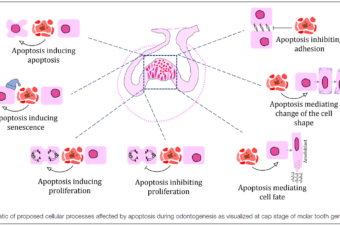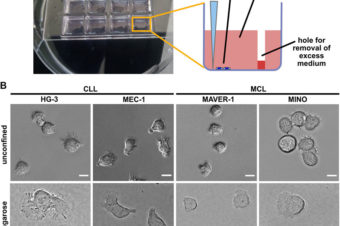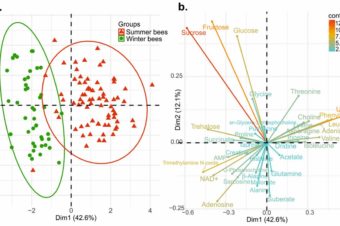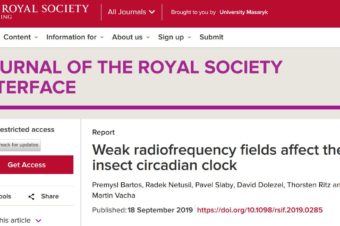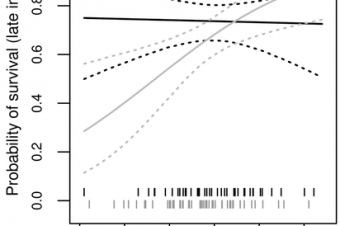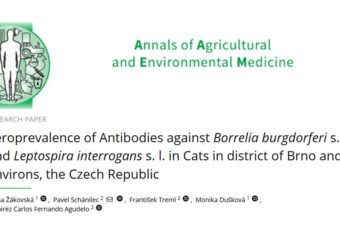It has been known for many years that in temperate climates the European honey bee,
Apis mellifera, exists in the form of two distinct populations within the year, short-living summer bees
and long-living winter bees. However, there is only limited knowledge about the basic biochemical
markers of winter and summer populations as yet. Nevertheless, the distinction between these two
kinds of bees is becoming increasingly important as it can help beekeepers to estimate proportion of
long-living bees in hives and therefore in part predict success of overwintering. To identify markers
of winter generations, we employed the continuous long-term monitoring of a single honey bee
colony for almost two years, which included measurements of physiological and immunological
parameters. The results showed that the total concentration of proteins, the level of vitellogenin,
and the antibacterial activity of haemolymph are the best three of all followed parameters that are
related to honey bee longevity and can therefore be used as its markers.
Similar Posts
Role of Cell Death in Cellular Processes During Odontogenesis
Abstract: The development of a tooth germ in a precise size, shape, and position in... Read More
Role of casein kinase 1 in the amoeboid migration of B-cell leukemic and lymphoma cells: A quantitative live imaging in the confined environment
Abstract: The migratory properties of leukemic cells are commonly associated with their pathological potential and... Read More
1H NMR Profiling of Honey Bee Bodies Revealed Metabolic Differences between Summer and Winter Bees
Abstract: In temperate climates, honey bee workers of the species Apis mellifera have different lifespans... Read More
Weak radiofrequency fields affect the insect circadian clock
It is known that the circadian clock in Drosophila can be sensitive to static magnetic... Read More
The hidden function of egg white antimicrobials: egg weight-dependent effects of avidin on avian embryo survival and hatchling phenotype
By: Eva Krkavcová, Jakub Kreisinger, Ludmila Hyánková, Pavel Hyršl, Veronika Javůrková Published in: Open Biology... Read More
Seroprevalence of Antibodies against Borrelia burgdorferi s. l. and Leptospira interrogans s. l. in Cats in district of Brno and its environs, the Czech Republic
Objectives:The aim of this study is to evaluate the seroprevalence of antibodies of Borrelia burgdorferi... Read More
